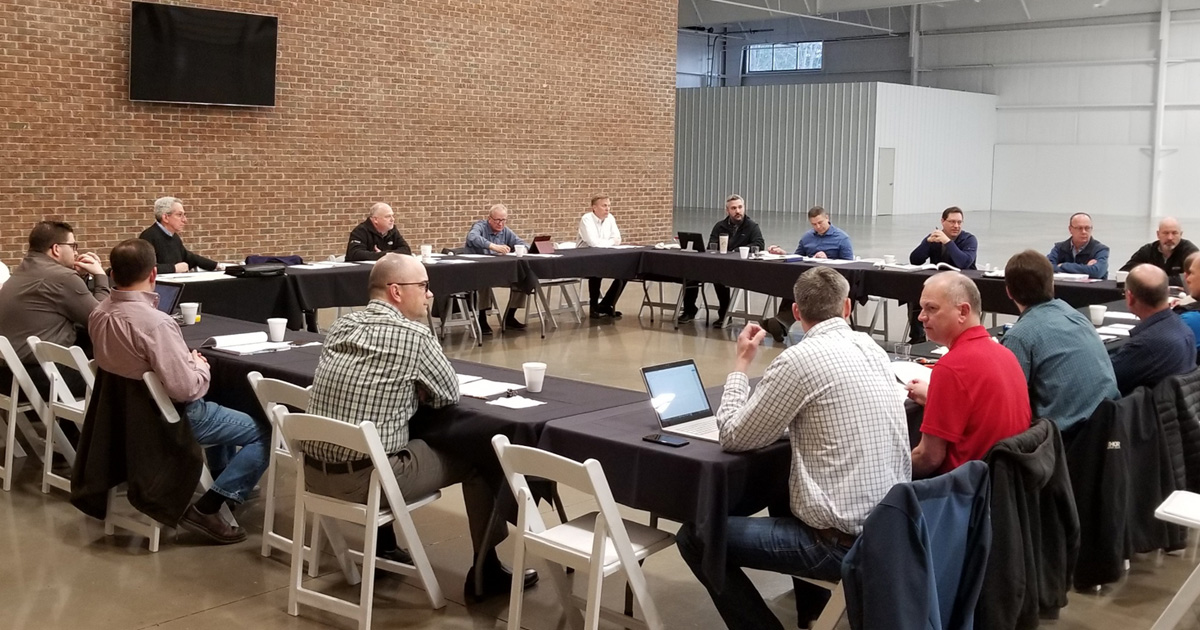Three New Proposed ANSI Recommended Practices

Last month, the RV Industry Association’s Vehicular Components Subcommittee (VCS) hosted its meeting at the Center Six One Five in Elkhart, Ind., where they meet two to four times a year to discuss matters related to RV vehicular components standards issues including chassis, emergency break pin pulls and anti-sway devices.
More than 20 standards influencers from the industry attended the meeting where they reviewed and determined if any additional technical changes were needed on three new ANSI Recommended Practices: testing requirements for ramp doors on RVs, testing requirements for patio railing on RVs and design and testing requirements for manual exterior entry steps on RVs. All three documents are up for consideration by the Standards Steering Committee (SSC) in order to submit for ANSI approval.

As an Accredited Standards Developer (ASD), the Standards Department is responsible for determining whether standards meet the necessary criteria to be approved as an American National Standard. The process for approval is intended to verify that the principles of openness and due process have been followed and that a consensus of all stakeholder groups has been reached.
The criterion of this process includes:
- Consensus must be reached by representatives from materially affected and interested parties
- Standards are required to undergo public reviews when any member of the public may submit comments
- Comments from the consensus body and public review must be responded to in good faith
- An appeals process is required
The approval process can take 18-24 months, and upon final approval from the ANSI Board of Standards Review, the document can move forward with publishing, to where RV Industry Association members are then notified once each standard is ready for retail.
These recommended practices are essential. Currently no standards address the importance of ramp doors, patio railings and exterior steps. This group working diligently to further enhance the safety of RV construction on a routine basis to address and develop additional safety criteria for protection of the consumer is what these meetings aim to accomplish.
Please Sign in to View
Log in to view member-only content.
If you believe you are receiving this message in error contact us at memberservices@rvia.org.
